Las lesiones en gimnasios y centros de fitness pueden ser más comunes de lo que mucha gente cree, y van desde pequeñas torceduras a enfermedades graves que pueden alterar la vida. Si te has lesionado mientras hacías ejercicio, es fundamental que conozcas tus derechos legales.
En este post, vamos a cubrir cómo ocurren las lesiones de gimnasio, los tipos de lesiones que pueden ocurrir, y cómo las reclamaciones por lesiones personales que implican instalaciones de fitness funcionan en California. También vamos a discutir los obstáculos legales comunes, tales como exenciones de responsabilidad, los daños disponibles, y qué medidas tomar si usted se encuentra en esta situación.
Causas comunes de lesiones en los gimnasios
Los accidentes en gimnasios suelen deberse al mal funcionamiento de los equipos, a instrucciones inadecuadas o a instalaciones mal mantenidas. Los problemas más comunes son:
- Accidentes por resbalones y caídas: Estos incidentes pueden ser consecuencia de superficies mojadas, señalización inadecuada o suelos irregulares. Por ejemplo, no colocar señales de advertencia tras la limpieza puede crear un entorno peligroso para los usuarios del gimnasio.
- Peligros del equipamiento: Los equipos mal mantenidos o defectuosos, como las cintas de correr o las máquinas de pesas, pueden plantear graves riesgos. Un caso notable fue el de un accidente en una cinta de correr de una importante cadena de gimnasios, en el que una mujer sufrió una lesión cerebral traumática debido a la falta de espacio detrás de la máquina.
- Supervisión inadecuada: Tanto en las sesiones de entrenamiento en grupo como en las zonas generales del gimnasio, la falta de supervisión adecuada puede provocar lesiones. Los entrenadores e instructores son responsables de garantizar un espacio de entrenamiento seguro, especialmente durante los entrenamientos dirigidos.
Estos ejemplos subrayan la importancia de que la dirección del gimnasio mantenga un entorno seguro y proporcione una supervisión adecuada.
Tipos de lesiones en el gimnasio
Las lesiones en el gimnasio pueden ir desde esguinces y torceduras leves hasta afecciones más graves como fracturas, lesiones medulares o lesiones cerebrales traumáticas. Por ejemplo:
- Una mujer de Beverly Hills demandó a SoulCycle tras lesionarse al desmontar de una bicicleta durante una clase, lo que pone de relieve los riesgos asociados a una orientación inadecuada.
- Un grave incidente con una máquina Smith en Gold's Gym provocó lesiones en la columna vertebral y parálisis, lo que dio lugar a un veredicto de 14,4 millones de dólares. Estos casos demuestran las graves consecuencias de un mantenimiento inadecuado de los equipos y de la seguridad de los espacios de entrenamiento.
Responsabilidad en casos de lesiones en gimnasios
La legislación de California permite a los perjudicados presentar reclamaciones basadas en varias teorías:
- Negligencia: Los gimnasios deben proporcionar un entorno seguro, inspeccionando y manteniendo los equipos con regularidad. Puede producirse negligencia si un gimnasio no cumple estas normas.
- Responsabilidad de los locales: Los gimnasios tienen la obligación de mantener sus instalaciones razonablemente seguras. Si un miembro se lesiona debido a peligros como suelos mojados o equipos mal almacenados, la instalación puede ser responsable.
- Responsabilidad por productos defectuosos: Cuando un equipo defectuoso o mal mantenido causa lesiones, tanto el gimnasio como el fabricante del equipo podrían ser considerados responsables.
El papel de las renuncias y exoneraciones
La mayoría de los gimnasios exigen a sus socios que firmen exenciones de responsabilidad. Estas exenciones pretenden limitar la responsabilidad del centro en caso de lesiones. Sin embargo, en California, estas exenciones no eximen necesariamente a los gimnasios de responsabilidad en todas las circunstancias. Por ejemplo, las exenciones pueden no proteger a un centro en casos de negligencia grave, cuando la conducta del gimnasio va más allá de la negligencia ordinaria, como ignorar repetidamente las cuestiones de seguridad o no mantener el equipo.
Indemnizaciones disponibles en casos de lesiones en gimnasios
Si se ha lesionado en un gimnasio, puede tener derecho a recuperar varios tipos de daños y perjuicios:
- Gastos médicos: Indemnización por necesidades médicas inmediatas y a largo plazo, incluidas cirugías y rehabilitación.
- Pérdida de ingresos: Cobertura de los ingresos perdidos debido al tiempo de recuperación, así como la reducción de la capacidad de ganancia si la lesión tiene efectos a largo plazo.
- Dolor y sufrimiento: Indemnización por el dolor físico y la angustia emocional causados por la lesión.
- Pérdida de disfrute: Indemnización por la forma en que la lesión afecta negativamente a su capacidad para participar en actividades que antes disfrutaba.
- Daños punitivos: En casos de negligencia grave, pueden concederse daños punitivos para desalentar comportamientos similares en el futuro.
Qué hacer si se lesiona en un gimnasio
Si sufres una lesión en un gimnasio, seguir los siguientes pasos puede reforzar tu reclamación:
- Busque atención médica: Dé prioridad a su salud y documente todas las lesiones con un profesional sanitario.
- Documente el incidente: Haz fotos, recoge información de los testigos e informa de la lesión a la dirección del gimnasio.
- Consulte con un abogado: Un abogado de lesiones personales puede evaluar su reclamación y guiarle a través del proceso, asegurándose de que recibe una compensación justa.
Las lesiones en gimnasios pueden ser complejas debido a las exenciones de responsabilidad y a las circunstancias específicas de cada caso. Mientras que los gimnasios a menudo tratan de limitar su responsabilidad a través de renuncias, la ley de California ofrece vías para que las partes lesionadas busquen una indemnización, especialmente en casos de negligencia. Comprender el panorama legal puede ayudarle a tomar las medidas adecuadas para obtener una indemnización por sus lesiones.
Si te has lesionado en un gimnasio, consultar con un abogado experto en lesiones personales puede ayudarte a proteger tus derechos y asegurarte la indemnización que mereces.


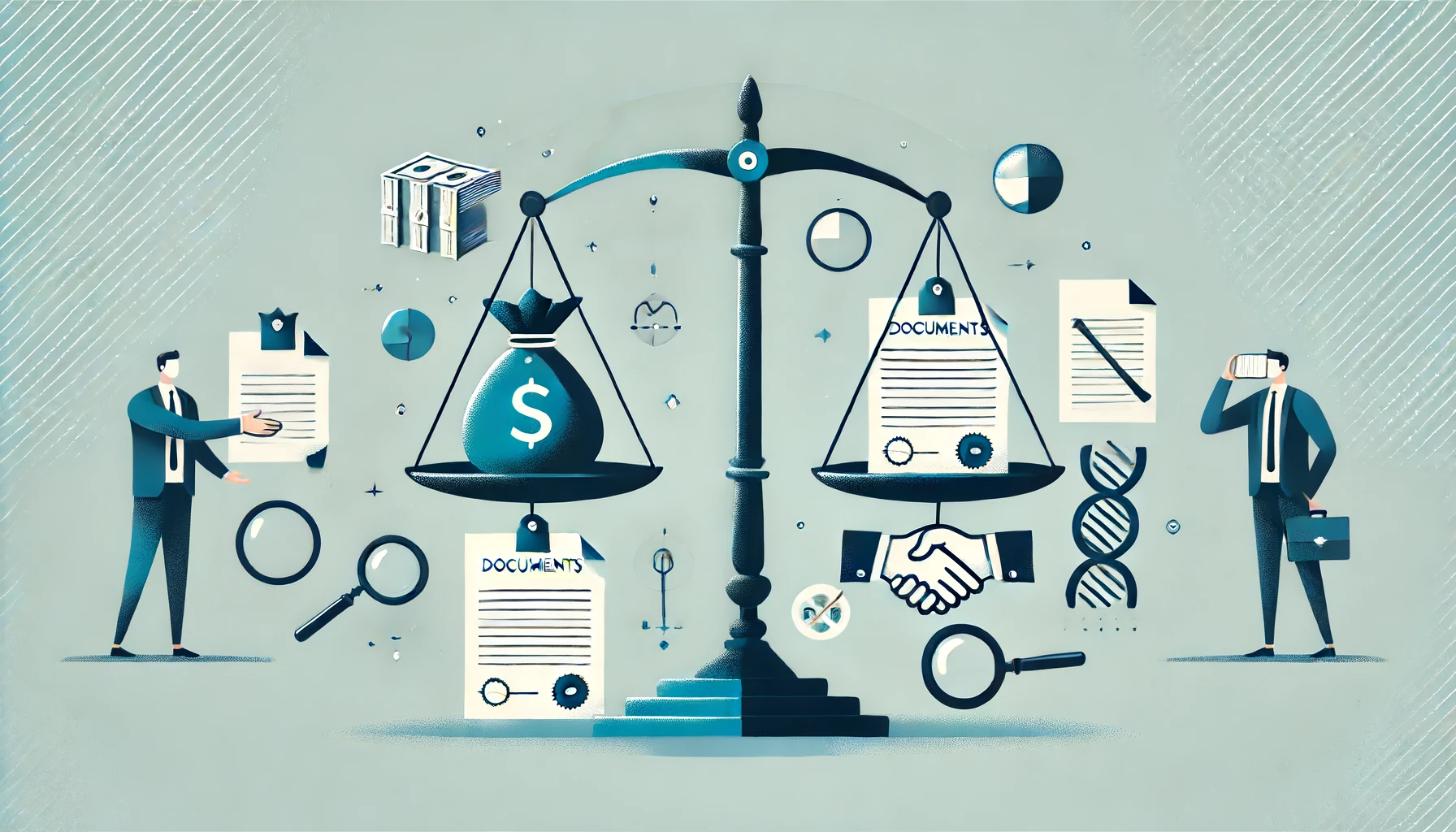
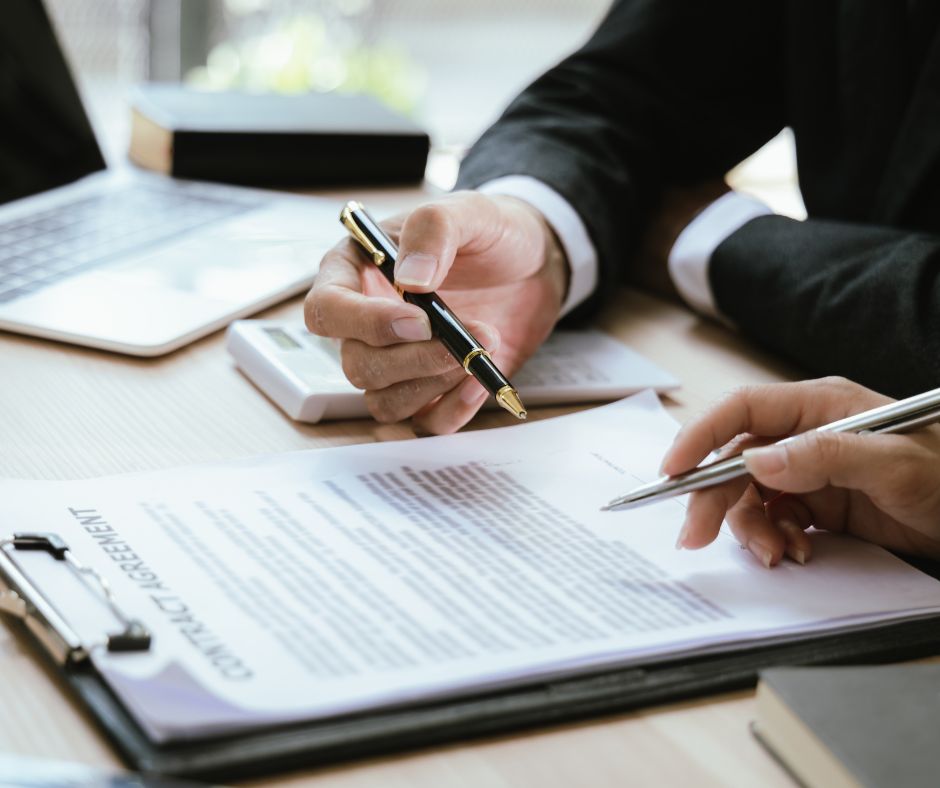
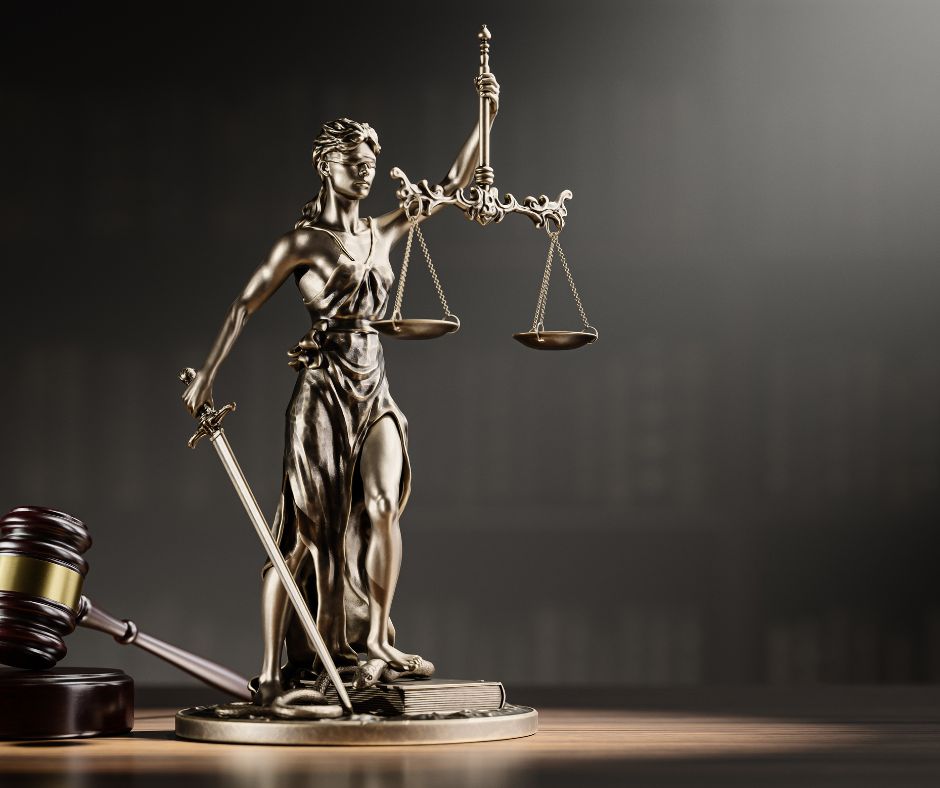
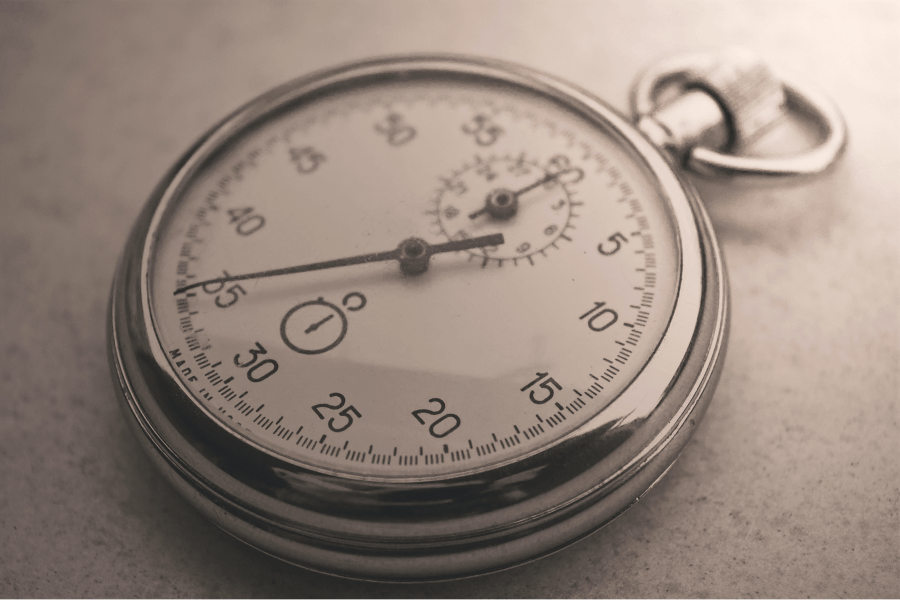

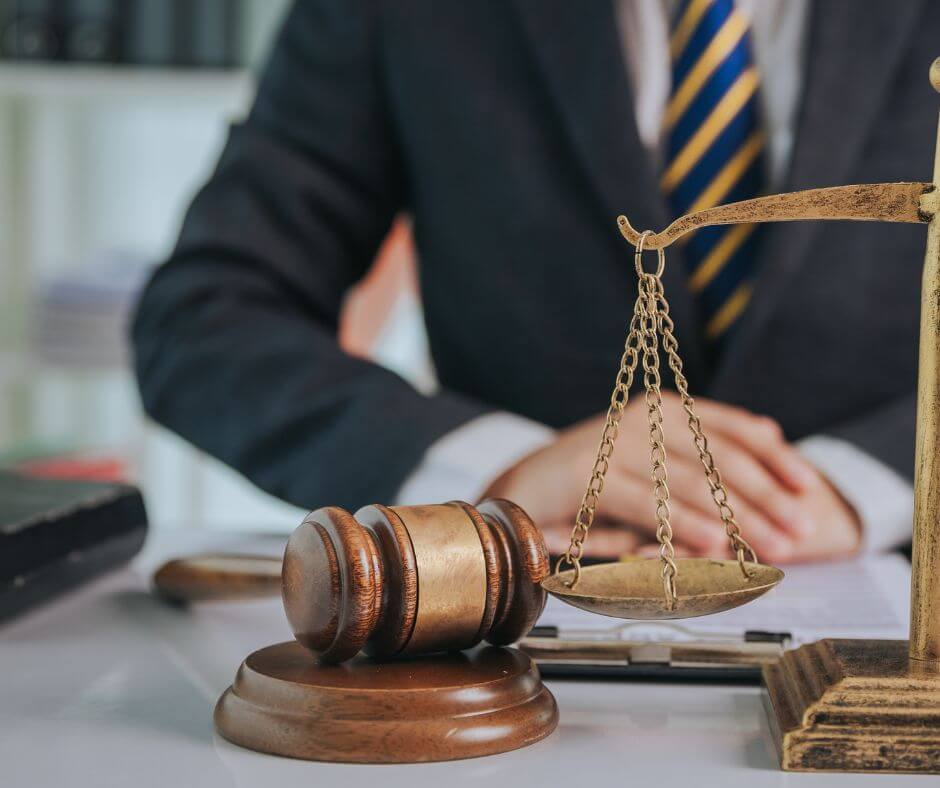
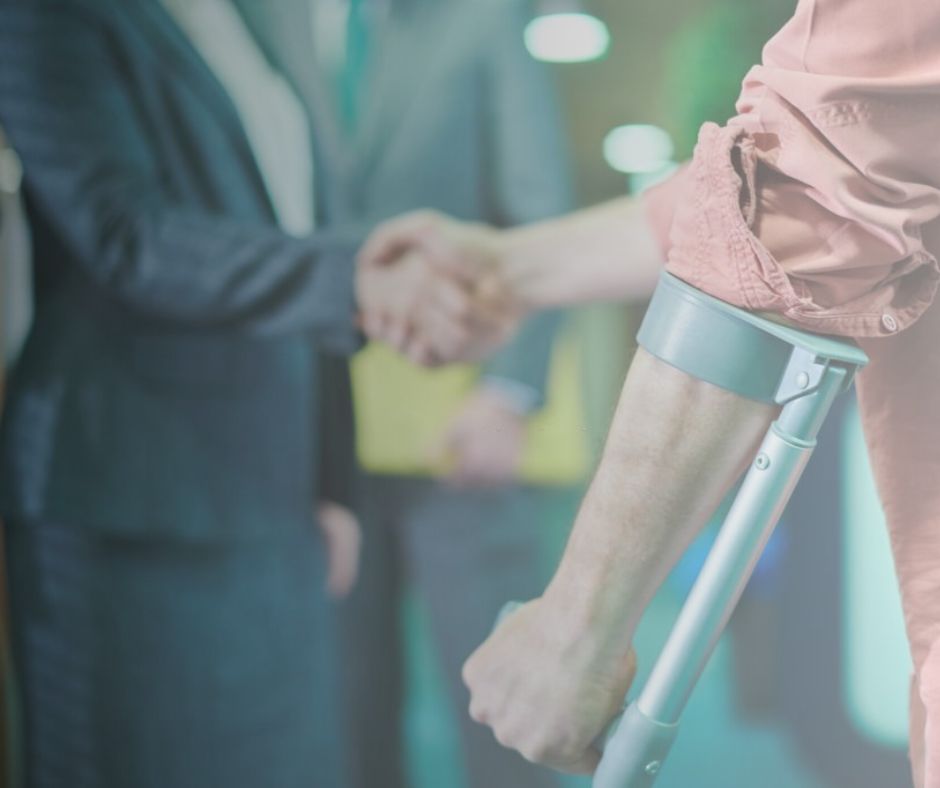
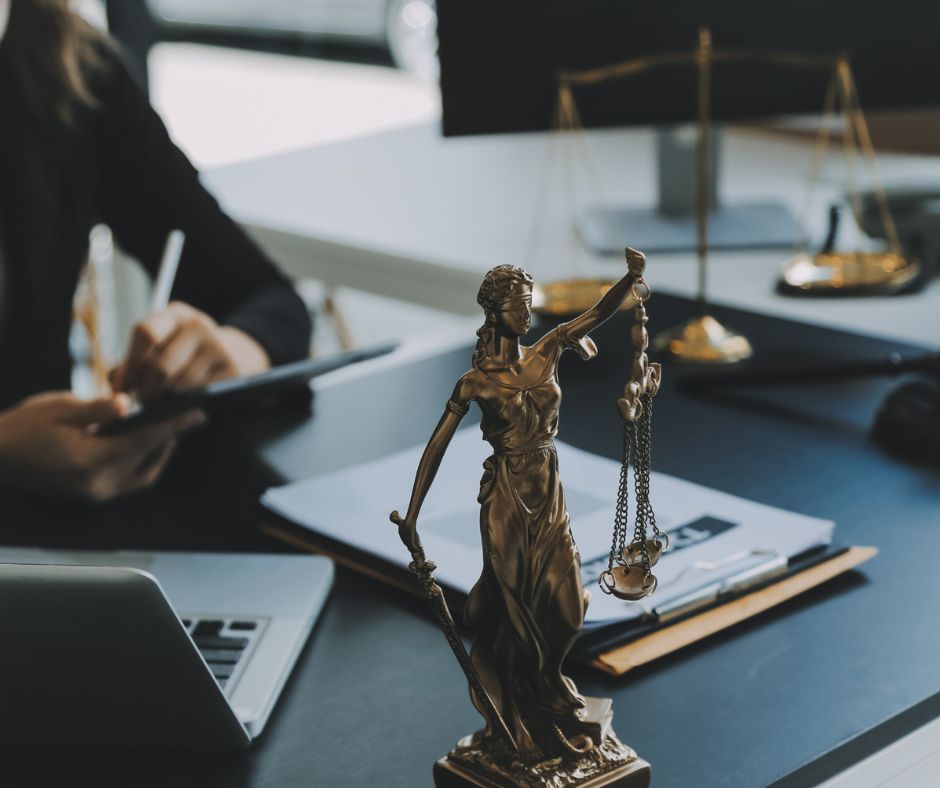
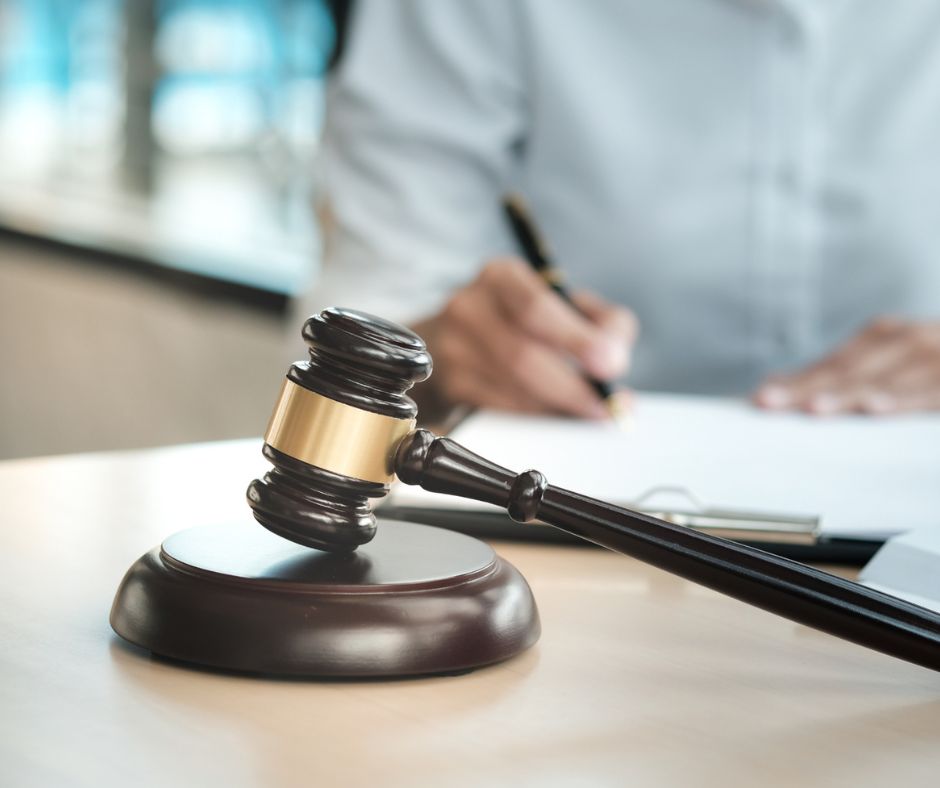
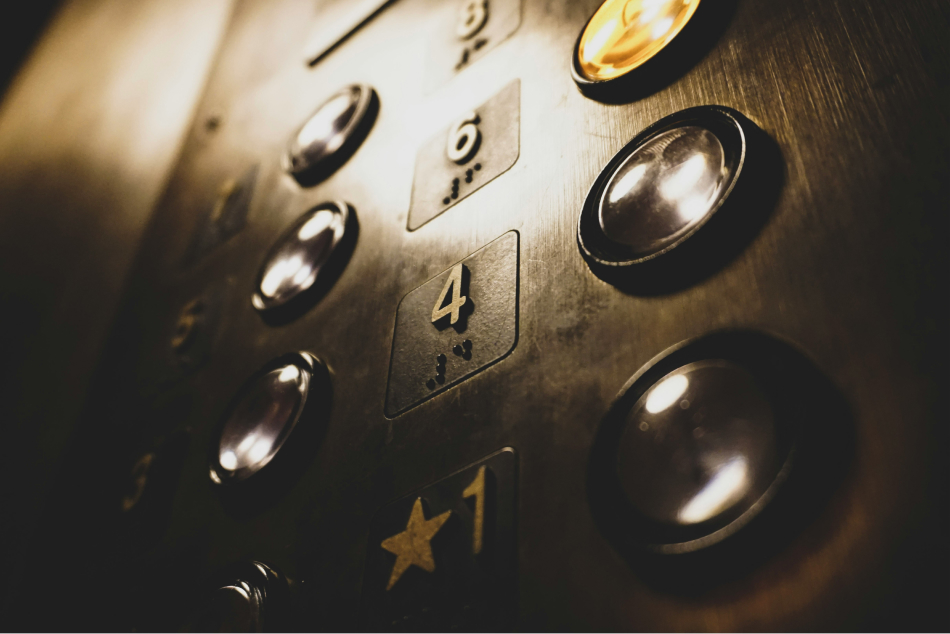
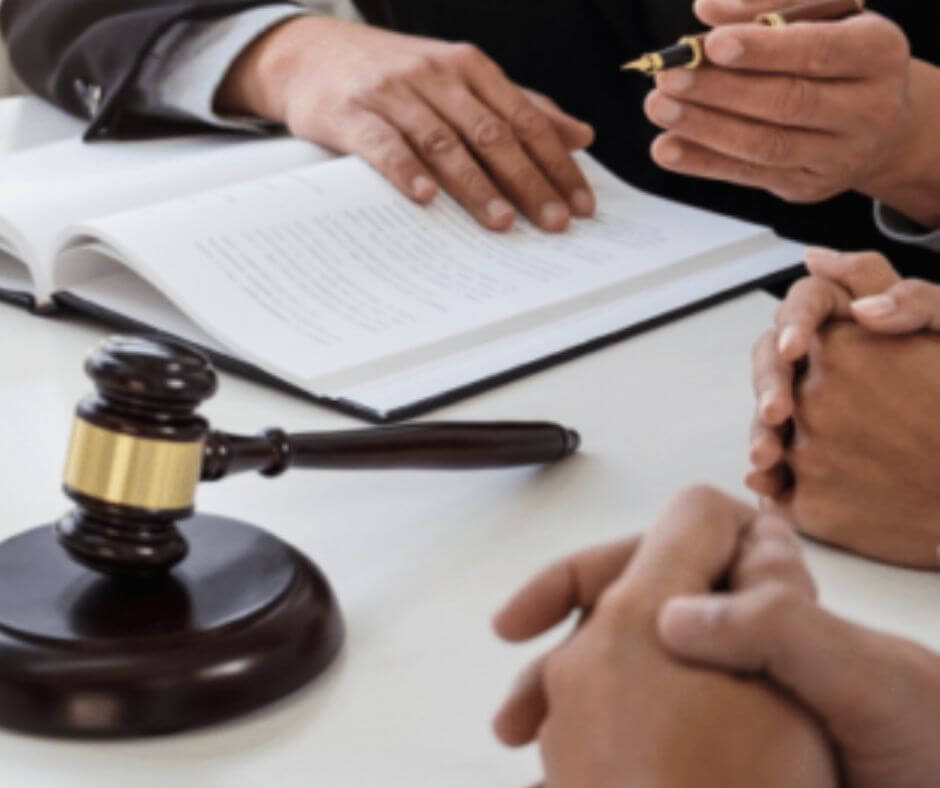




 EMAIL
EMAIL  Pregunte a AI
Pregunte a AI  Acceda a
Acceda a